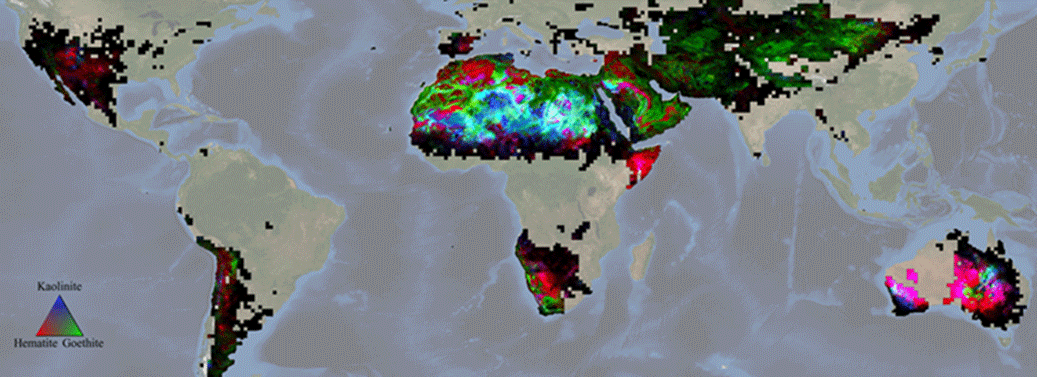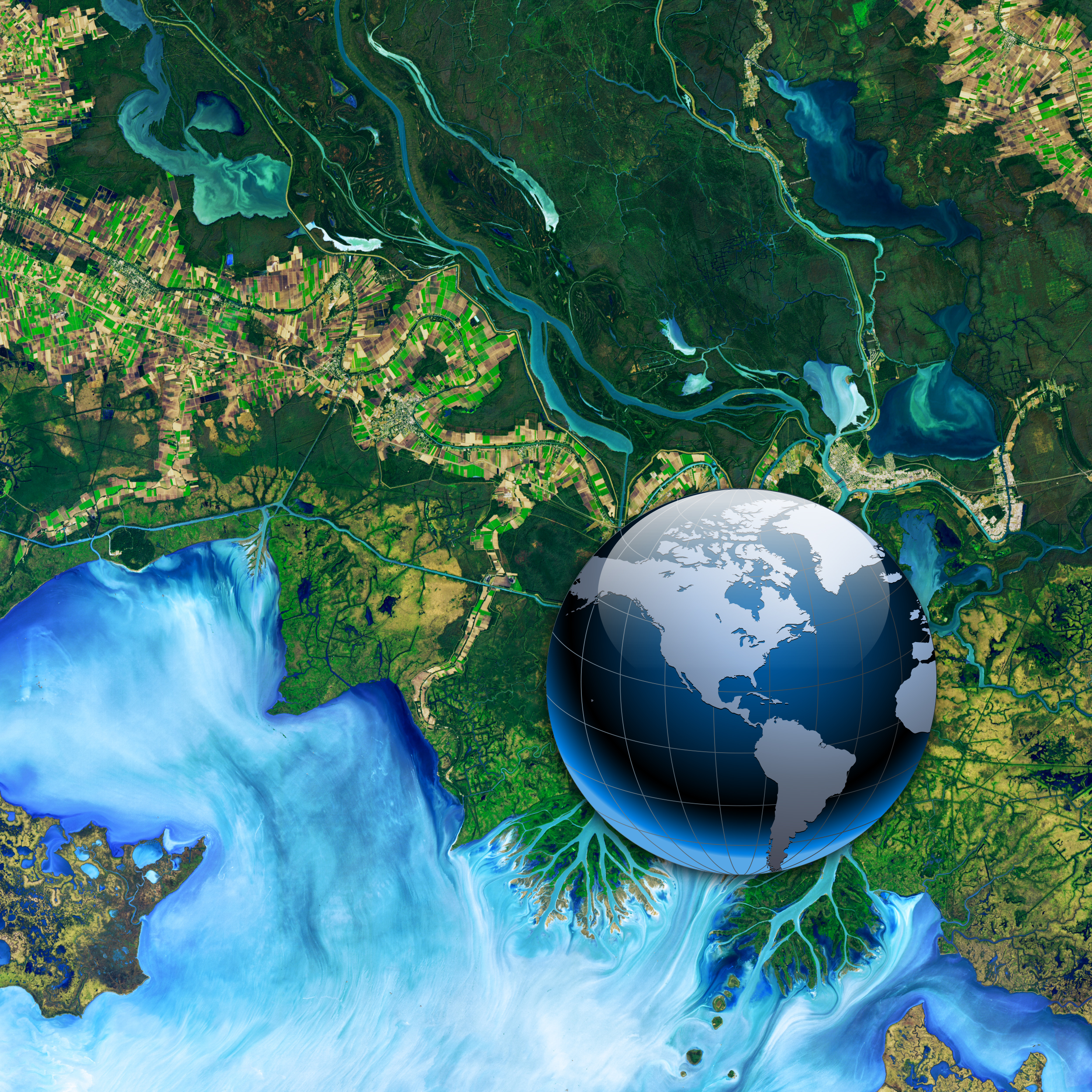Earth Observer
The Earth Observer newsletter.
Main Banner Background Image of the Atchafalaya Delta in Louisiana, taken by Landsat 8 on Dec. 1, 2016. This false-color...


Figure. The day-night band on Visible Infrared Imaging Radiometer Suite (VIIRS) captured this image of the aurora borealis that occurred...


Figure 7. The CERES Earth Radiation Budget (ERB) climate data record shows a positive trend for the absorbed solar radiation...

Figure 1. The Total Solar Irradiance (TSI) composite record spans almost five decades and includes measurements from 13 different instruments...

Photo. Attendees at the 2023 Sun–Climate Symposium in Flagstaff, AZ. Photo credit: Kelly Boden/LASP

Map and photo credit: Mark Nebel/NPS

Figure 8. The San Fernando Observatory (SFO) [left] has been making visible [middle] and near ultraviolet (NUV) [right] solar images...

Figure 6. The sunspot number progression (black) during solar cycle 25 is higher than predicted (red). The original NASA–NOAA panel...

Figure 5. The albedo differences between the visible and near-infrared bands are shown for the southern hemisphere (red line) and...

Figure 4. The rainfall amount has shifted over the past fifty years (red is less and blue is more) with...

Figure 3. Illustration of an exoplanet transit that will occult a starspot. The transit light curve can provide information about...

Figure 2. The solar spectral irradiance (SSI) variability from TSIS-1 SIM is compared to the total solar irradiance (TSI) variability...

Figure 8. PAs effectively preserve additional AGC across continents and biomes, with forest biomes dominating the global signal, particularly in...



Figure 2. Daytime variability of the median liquid cloud optical thickness over ocean for different seasons of the year derived...

Figure 1. Sun-Earth-Vehicle (SEV) angle (red curve) and the distance between Earth and the DSCOVR satellite (blue curve) versus time...







Photo: Pictured here are the in-person attendees of the 2023 GRACE-FO Science Team. Another 52 people participated online. Image credit:...

Figure 1. The top row of maps show estimates of individual components of the observed sea level trend in the...
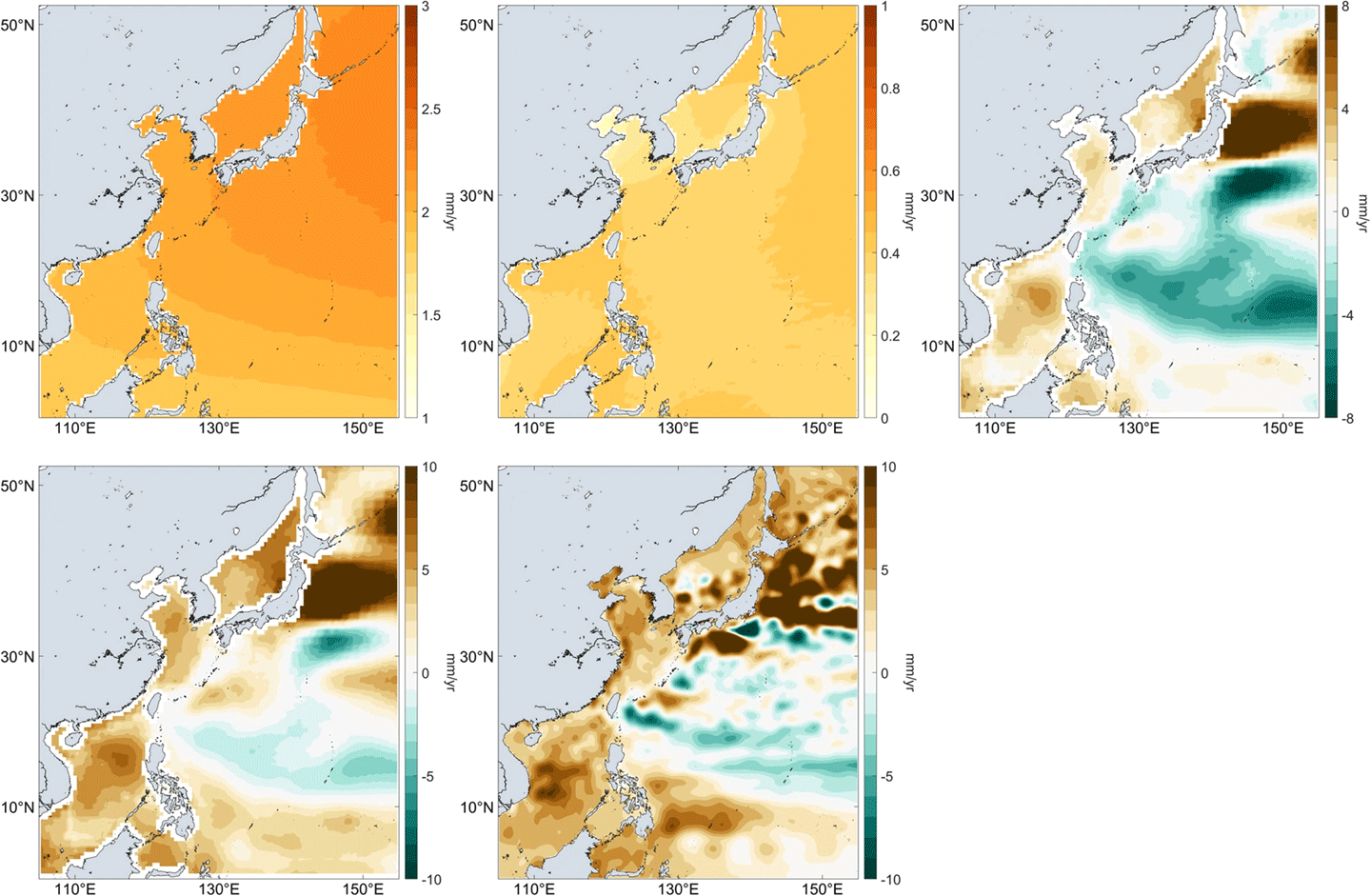
Figure 6. [Top] Average lidar canopy height at 0.01° resolution in. computed by gridding both GEDI and ICESat-2 together, and...

Photo. GEDI Science Team meeting in-person and virtual attendees. Photo credit: Talia Schwelling

Figure 9. Forest biomass estimates, in the format of Intergovernmental Panel on Climate Change (IPCC) Tier 1 values from NASA...

Figure 8. The GEDI-domain protected areas cover a range of biomes. Figure credit: Laura Duncanson/published in a 2023 paper in...

Figure 7. [Top] Protected areas (Pas) such as national parks can reduce habitat loss and degradation (from logging) and extractive...

Figure 5. Female Downy Woodpecker with tree cavity in which other organisms may use in the future for habitat. Woodpecker...

Figure 4. Gridded mean aboveground biomass density [top] and standard error of the mean [bottom] from Version 2.1 of the...

Figure 3. Salar de Uyuni, the world's largest salt flat as seen from the International Space Station. Figure credit: Samantha...

Figure 2. NASA GEDI mission move from EFU-6 to EFU-7 on the ISS on 17 March 2023. GEDI was in...

Figure 2. NASA GEDI mission move from EFU-6 to EFU-7 on the ISS on 17 March 2023. GEDI was in...

Figure 1. Country-wide estimates of total aboveground biomass (GEDI_L4B_AGB) in peta grams (Pg) using GEDI L4B Version 2.1 dataset. Figure...

[left] NASA Science teams meet at the San Francisco Marriott Union Square for the annual Strategic Content and Integration Meeting....

Photo 14. SMD Art Director Jenny Mottar interacts with AGU attendees during one of six scheduled Science Explorer poster signings....

Photo 13. [top left] Carter Emmart [OpenSpace—Creative Lead] conducts a tech demo on the capabilities of the data visualization software....

Photo 12. [left] A model of the surface of Jupiter’s moon Europa inspires AGU attendees to learn more about NASA’s...

Photo 11. A collection of 2024 NASA Science Planning Guides are organized near the entrance to the Moscone West exhibit...

Photo 10. AGU attendees explore their copies of the coveted 2024 NASA Science Planning Guide as they arrive at the...

Photo 9. Members of NASA’s Global Learning and Observation to Benefit the Environment (GLOBE) program and AGU attendees pose with...

Photo 8. An image of the “Through the Eyes of NASA” photowall, featuring artwork from Jenny Mottar [NASA HQ—SMD Art...

Photo 7. Joseph Westlake [NASA HQ—Director of the Heliophysics Division] addresses an audience of AGU attendees from the NASA Hyperwall...

Photo 6. Mark Subbarao [GSFC—Director of NASA’s Scientific Visualization Studio] discusses the studio’s latest data visualization efforts and shares some...

Photo 5. Mark Clampin [NASA HQ—Director of SMD’s Astrophysics Division] discusses the state of NASA’s broad suite of astrophysics missions...

Photo 4. Lori Glaze [NASA HQ—Director of SMD’s Planetary Science Division] gave a presentation that focused on the success of...

Photo 3. Karen St. Germain [NASA HQ—Director of SMD’s Earth Science Division] delivers her Hyperwall presentation, titled “An Overview of...

Photo 2. Nicola Fox [NASA HQ—Associate Administrator of SMD] provides an overview of NASA’s Heliophysics Division in front of the...

Photo 1. [left] The NASA Science exhibit at AGU23 as viewed from the front of the NASA Hyperwall, where attendees...

Photo. Student teams and their mentors at the 2019 NASA DeepRacer Challenge, a collaborative event between ESTO and Amazon Web...

Figure 4. The chart shows the overall distribution of start (blue curve) and end (orange curve) of of the 812...

Figure 3. Nearly 90% of the 812 projects that have graduated from ESTO funding and were assessed for TRL have...

Figure 2. The ESTO Technology Readiness Level (TRL) scale helps track the development of most projects in its portfolio. ESTO...

Figure 1. Breakdown of organization affiliations of ESTO PIs and Co-PIs. Image credit: Philip Larkin/GSFC

Photo. Dr. Richard (Rich) Stolarski in February, 1989 at the NASA Arctic Airborne Stratospheric Experiment (AASE-I) in Stavanger, Norway. Rich...

Figure. The Ocean Color Instrument (OCI) on NASA’s PACE mission detects light across a hyperspectral range, which gives scientists new...

Photo. Mary at work on the Space Shuttle Atlantis, May 1989. Photo credit: NASA

Mary Cleave [1947–2023]. Photo credit: NASA

Figure 4. Characteristics of a diverse and inclusive community from the September 7, 2023, engagement activity responses (total respondents: 49)....

Figure 3. Engagement activity statements and responses collected to assess level of PACE user concern with aspects of data discovery,...

Figure 2. Responses to a pre-workshop questionnaire assessing respondents’ readiness to use PACE data (total respondents: 993). Image Credit: PACE...

Figure 1. PACE Applications Workshop Progression from 2020 to 2025. Image credit: NASA PACE Applications Program

Photo. Some of the attendees at the fifty-second ASTER STM. Photo credit: Mako Komoda, JSS

Figure 3. ASTER and Landsat 8 and 9 data provide a way to compare the satellite-derived temperature and lake surface...

Figure 2. Three-dimensional plots show heat flux and temperature plots (further explained in the text) for hundreds of ASTER TIR...

Figure 1. Google Earth Image of landfill in India [top] and temporal changes in volume from 2001 to 2021 [bottom]....




Figure 6. SHADOZ and IAGOS time series of average ozone amounts in parts-per-billion by volume (ppbv) in the 700–300 hPa...

Figure 5. GSFC Multiple Linear Regression (MLR) model trends for lowermost stratosphere (LMS; 15–20 km, or 9–12 mi) ozone in...

Figure 4. Coincident ozonesonde and satellite comparisons in percent difference for the La Réunion station. [Top] Time series comparisons of...

Figure 3. Total number of archived SHADOZ ozonesonde profiles for each year from 1998–2023. Note that 2023 is an estimate...

Figure 2. Timeline of ozone-measuring satellites that have used SHADOZ ozonesonde data for algorithm development and validation since 1995. Editor’s...

Figure 1. Map of SHADOZ stations where more than 10 years of data have been collected—from 1998–2023. Periods of operations...

Figure 3. EPIC image taken over Mexico on July 4, 2018. The red, white and blue spot over central Mexico...

Figure 2. Daytime variability of the median liquid cloud optical thickness over ocean for different seasons of the year derived...

Figure 1. Sun-Earth-Vehicle (SEV) angle (red curve) and the distance between Earth and the DSCOVR satellite (blue curve) versus time...

Photo. Attendees of the 2023 PMM STM in front of the McNamara Alumni Center in Minneapolis, MN. Photo credit: Chris...

Figure 3. Evaluation of passive microwave (PMW) frequencies and coverage to assess data gaps and needs for the future of...

Figure 2. A technique for retrieving hydrometeor information from GMI brightness temperature. In these RGB plots, snow and rain are...

Figure 1. Evaluation of DPR product improvements from V06 to V07. Dual frequency product has smaller bias than KuPR product....

Daniel Segessenman [ESIP Community Fellow] explains his poster at the Research Showcase in Burlington, VT. Photo credit: Homer Horowitz

Photo 2. The ESIP Teacher Workshop took participants outside to test the solar eclipse gear they will use in their...

Photo 1. ESIP celebrated its 25th anniversary in 2023. Founded as a knowledge sharing space, the nonprofit has grown as...

Figure 1: Scott Reinhard from the New York Times uses national and state geospatial data to create data visualizations for...



Figure 2. This graph shows the density of the water mass traveling northward from the tropics and sub-tropics toward the...

Figure 1. This graph shows the decadal variations of the Earth Energy Imbalance (EEI) estimated from the space geodetic method...






Figure 1. Depicts the key elements that organizations need for successful collective impact. Figure credit: Using a Collective Impact Approach...

Figure 3. The SciAct teams each develop partnerships with local, regional, or national organizations that can help them advance their...
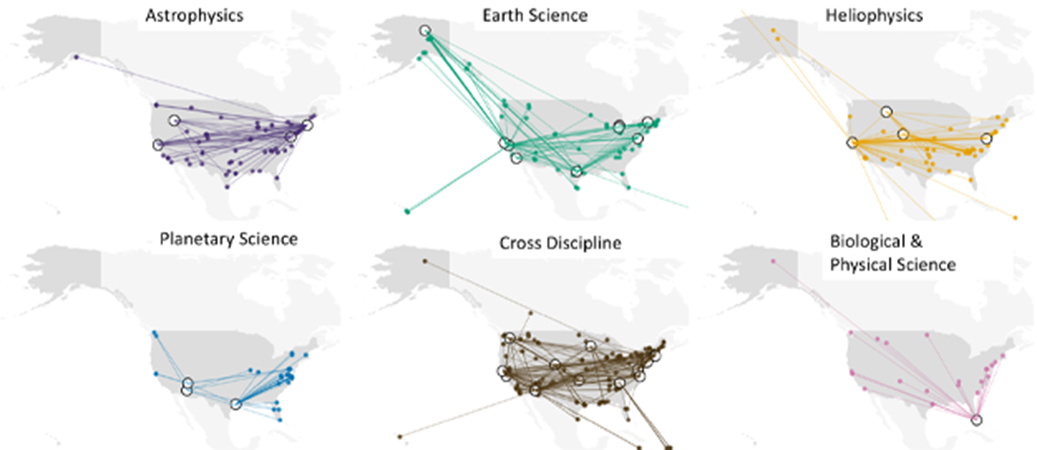
Photo 3. Participants look at the results of a hands-on activity, one of the many types of SciAct resources and...
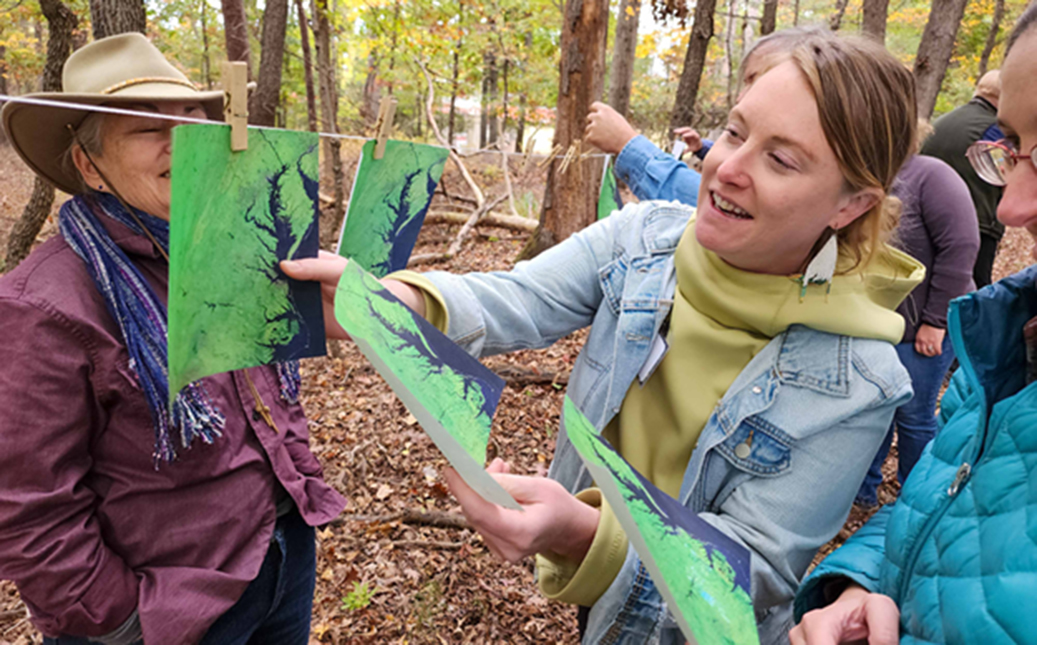
Figure 5. Since the start of 2021, more than half of the SciAct teams have focused their efforts on broadening...
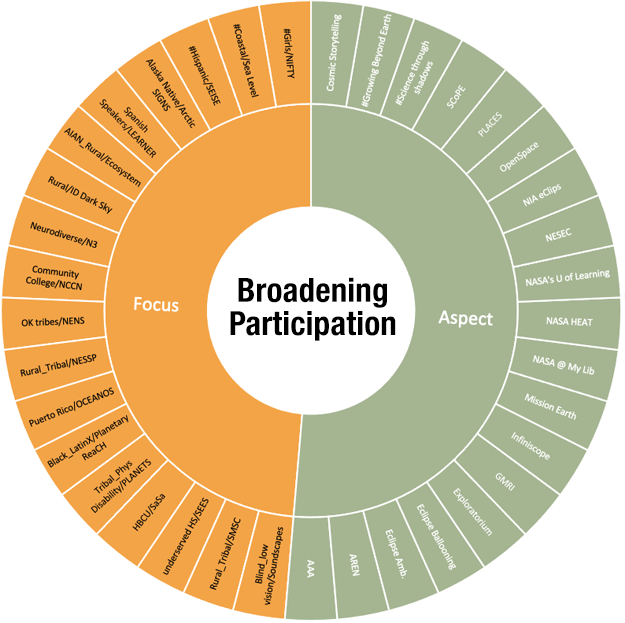
Figure 4. Histogram of citations for SciAct publications as of Oct. 31, 2023. Figure credit: Lin Chambers
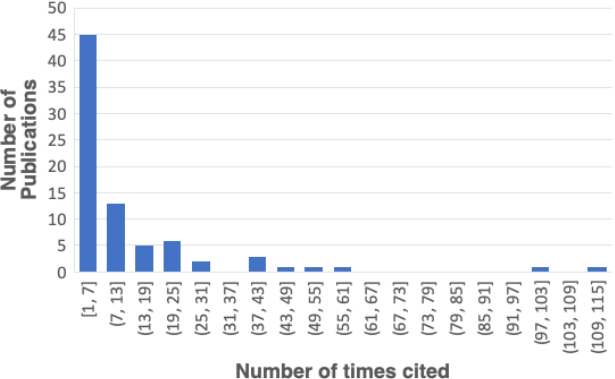
Photo 2. Participants work on the concept of stellar spectra with guidance from a NASA subject matter expert. Photo credit:...
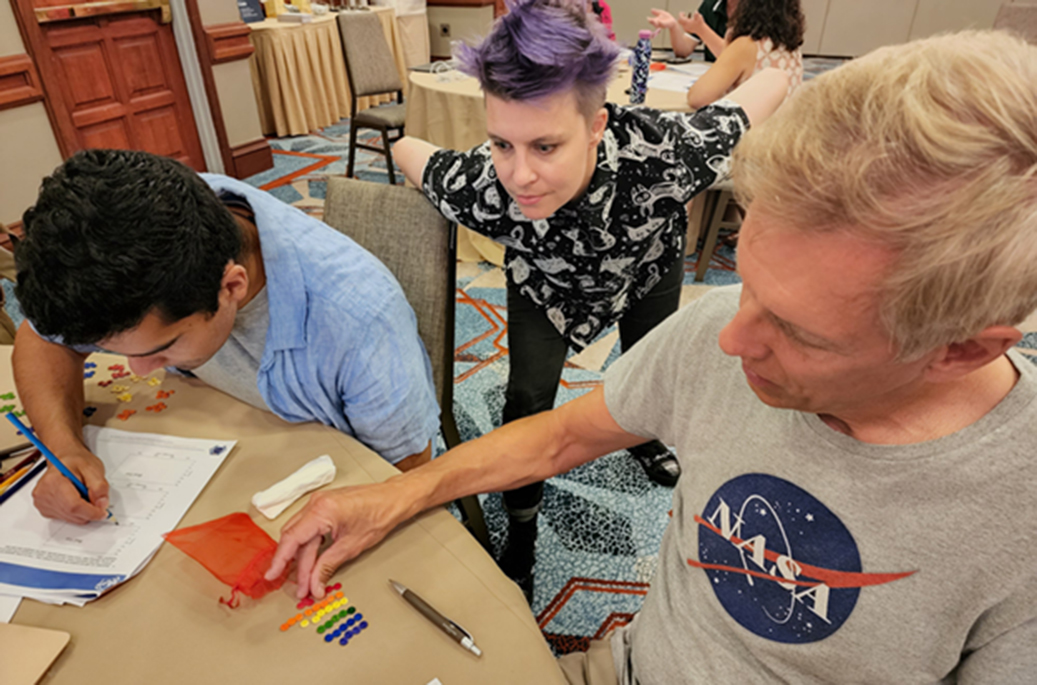
Figure 2. This map shows locations where the SciAct teams conducted various learner interactions across the lower 48 states and...
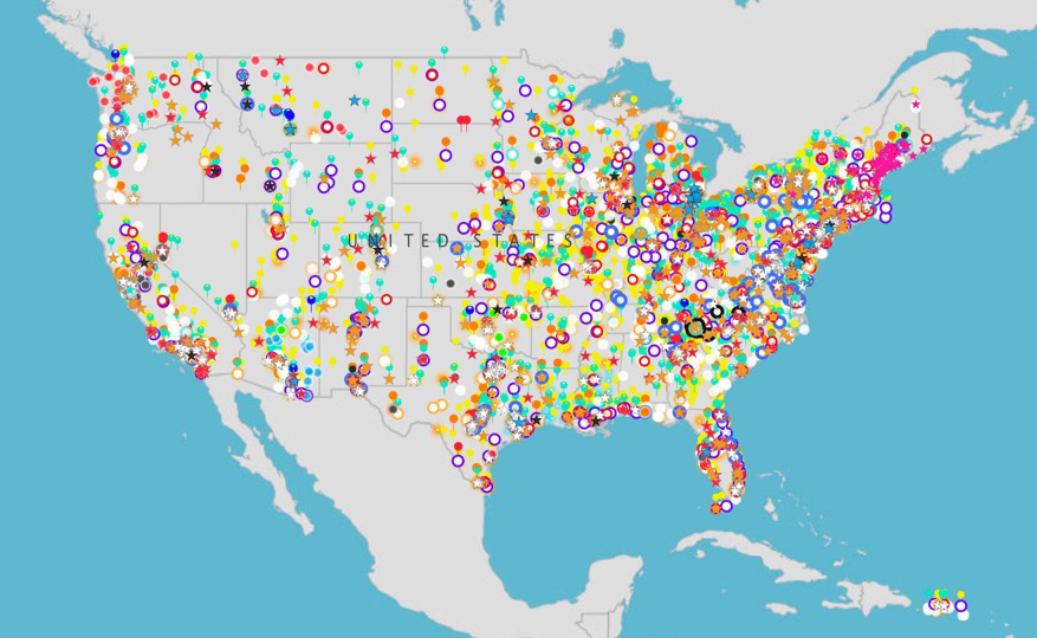
Photo 1. The SciAct community gathered for its most recent annual meeting in November 2023. Photo credit: NASA


Photo. NASA’s Plankton, Aerosol, Cloud, ocean Ecosystem (PACE) spacecraft, atop a SpaceX Falcon 9 rocket, successfully lifts off from Space...
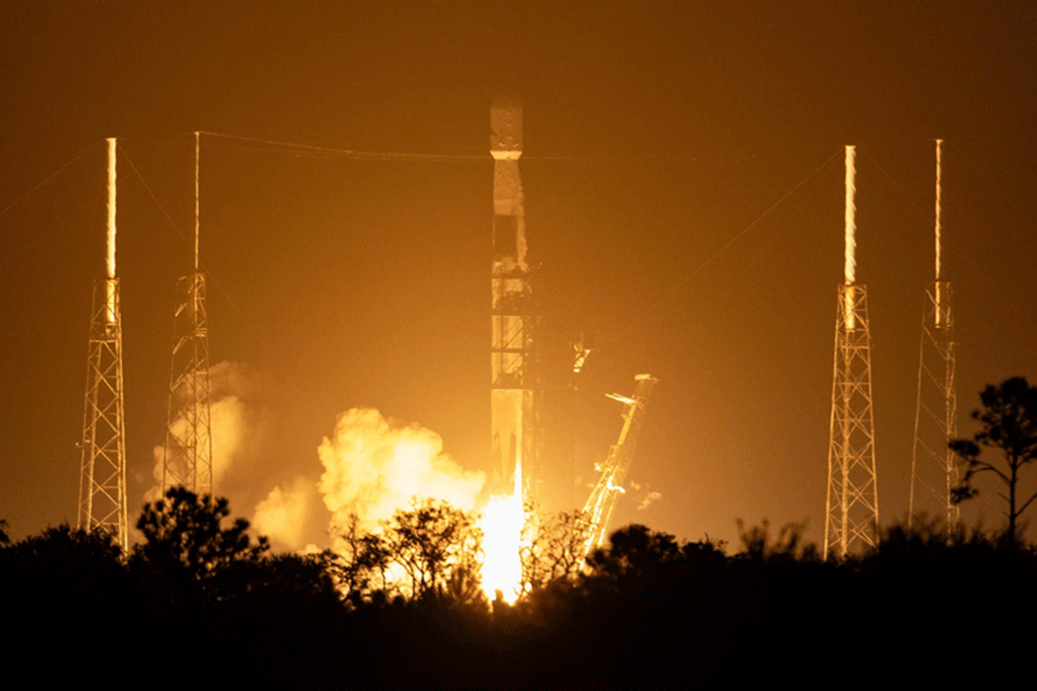
Figure. NASA’s Earth Surface Mineral Dust Source Investigation (EMIT) mapped hematite, goethite, and kaolinite in North Africa and the Arabian...
